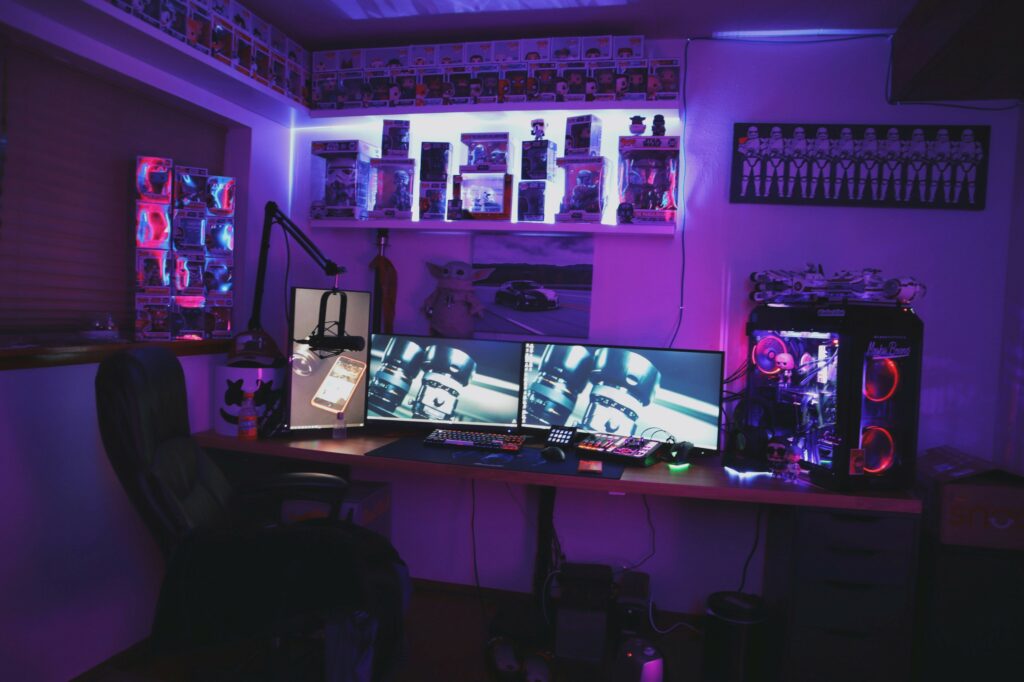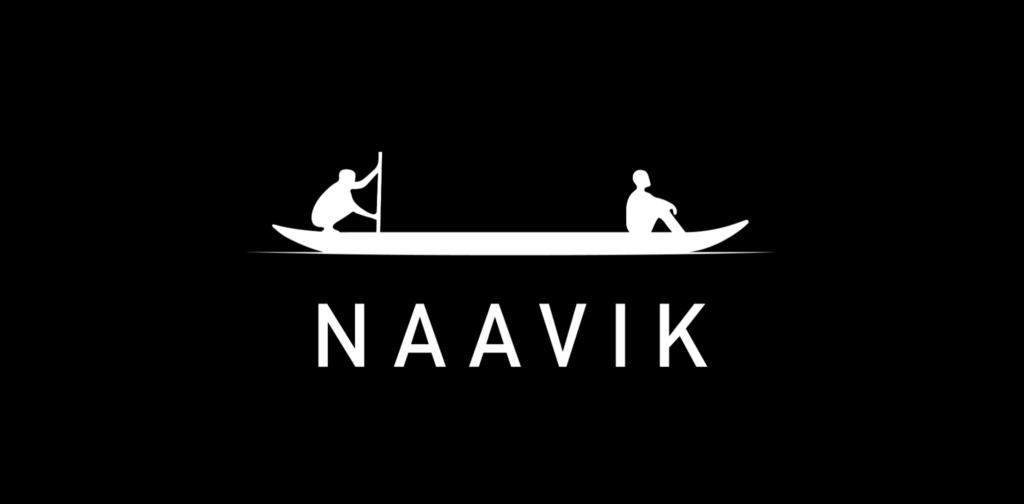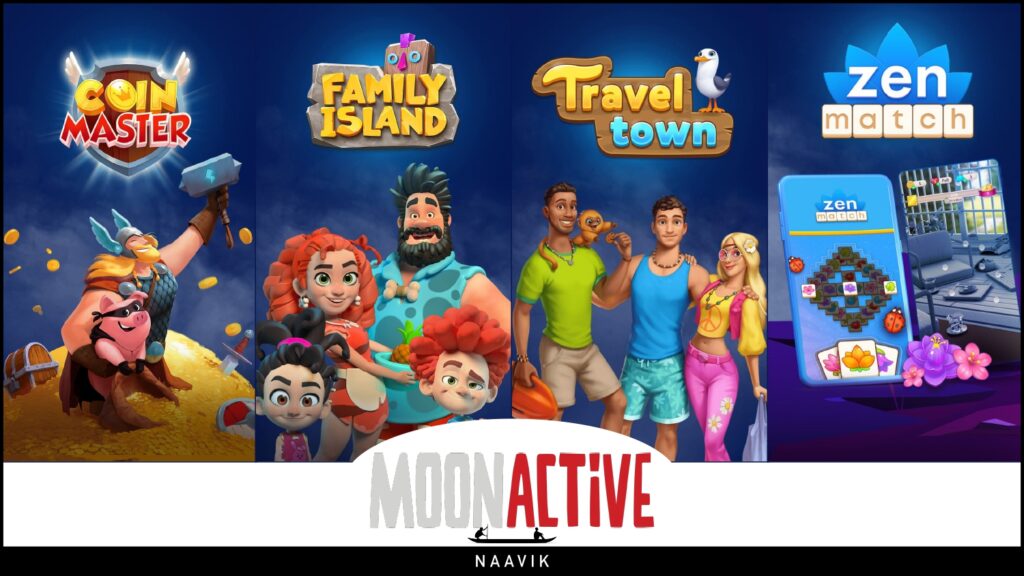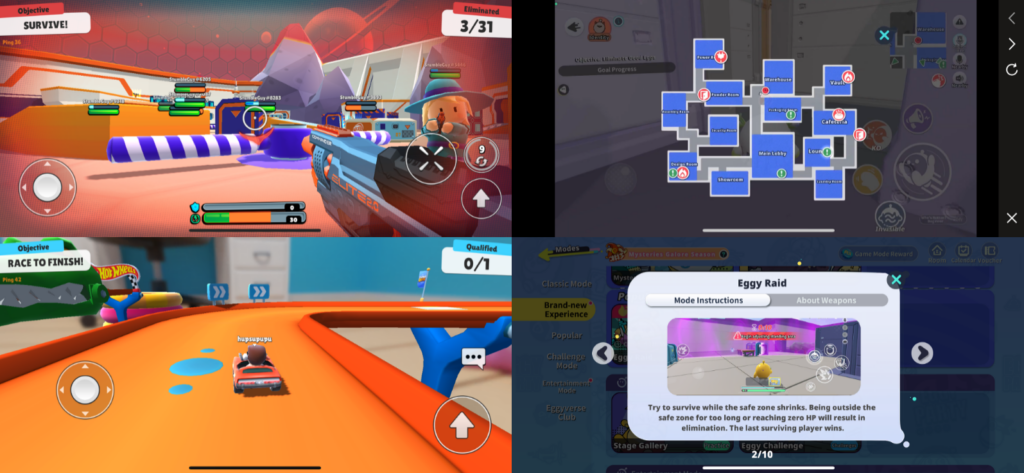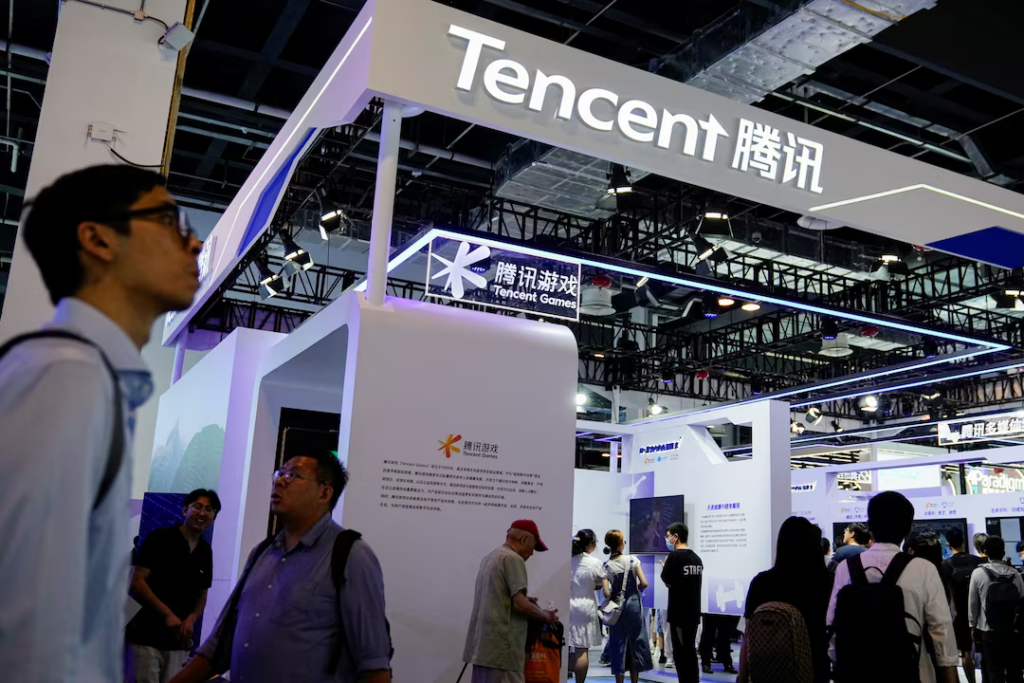Hi Everyone. Welcome to another issue of Naavik Digest! If you missed our last one, be sure to check out our breakdown of the widening gap between PlayStation and Xbox. This issue, we have a guide to fully on-chain games and what to expect from the future of decentralized gaming.
For those based in the San Francisco Bay Area, Naavik's Alexandra Takei is hosting a gaming panel at the Stanford Graduate School of Business' Future of Arts, Media, and Entertainment Conference. The event is located at 655 Knight Way, Stanford, CA and takes place on Wednesday, May 17th from 9am - 4pm PDT. The panel will feature BITKRAFT GP and Founder Scott Rupp, Incredible Dreams CEO and Netflix’s Arcane Executive Producer Jane Hoffacker (watch Hoffacker’s Naavik Gaming Podcast episode here), Kongregate Founder and Double Loop Games CEO Emily Greer (who also previously appeared on the Naavik Gaming Podcast), and GGWP CEO Dennis Fong (aka former pro gamer “Thresh”). For more details and tickets, check out the event page here.
Building Games at Yuga Labs & Founding Funds, Paths to Partner & Glass Ceilings
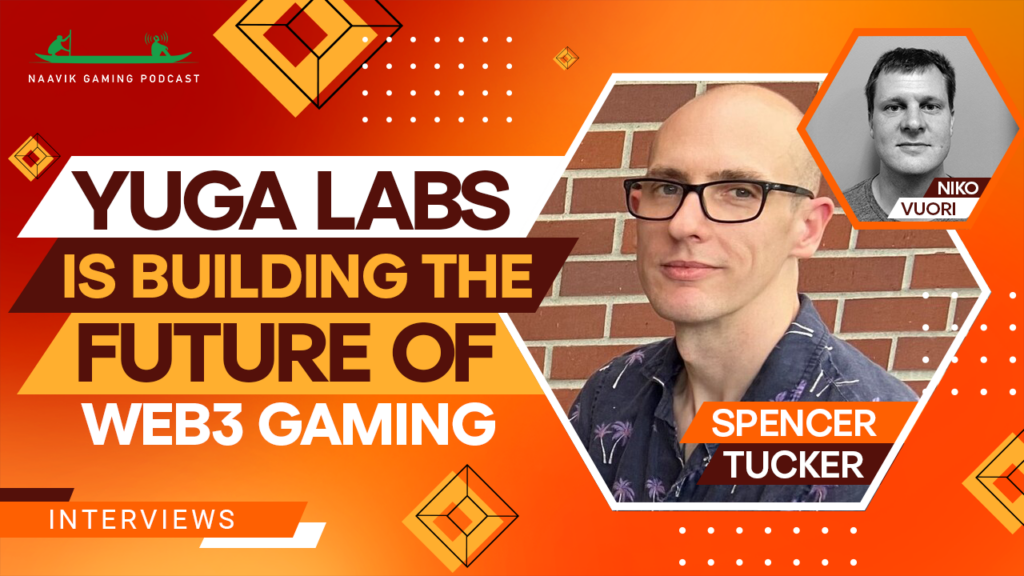
How Yuga Labs is Defining the Future of Web3 Gaming. Having launched some of the biggest NFT collections (including of course Bored Ape Yacht Club), acquired some of the biggest NFT collections (including CryptoPunks and Meebits), raised $450 million from a16z, and broken all kinds of web3 records since inception, Yuga is ready to get its game on. It now wants to show the world what web3 gaming can really be, having hired some of the biggest names from Epic Games, Activision Blizzard and Scopely, among others, to senior leadership roles. Your host Niko Vuori speaks with Spencer Tucker, Chief Gaming Officer at Yuga Labs, about Yuga’s gaming ambitions, what “the metaverse” means to Yuga, how passionate the Bored Ape community really is, and how to crowdsource growth through networking externalities with zero UA spend. Website | YouTube | Spotify | Apple Podcast | Google Podcast.

Founding Funds, Paths to Partner, and Glass Ceilings. Holly Liu is the co-founder of Kabam and now managing partner and co-founder of PKO, a collective investing in tech and entertainment. Phylicia Koh is a partner at Play Ventures, a games VC with ~$250M AUM. Today we learn how these two phenomenal games people founded funds, exited companies, and ascended to partner as well as a definitional layout of the structure of the investing world. Furthermore we shade this all under the fundamental reality that venture capital is still very much a “boys club” and the games industry deeply struggles to ensure gender equality across a variety of dimensions. Website | YouTube | Spotify | Apple Podcast | Google Podcast.
A Primer On Fully On-Chain Gaming
Written by: Matt Dion

Between the ongoing crypto winter, the FTX collapse, and a general dearth of noteworthy blockchain game releases, it’s been a quiet few months for web3 gaming. The industry has largely moved on to other trending topics: major acquisitions, Fortnite Creative, and especially generative AI.
However, in a quiet corner of the internet, a small but growing group of builders is pioneering a novel approach to blockchain gaming that seeks to reshape the way gamers create and interact with virtual worlds. This format is known as fully on-chain games, or as it’s increasingly being referred to, “autonomous worlds.”
Savvy industry observers will have initially learned of fully on-chain games in relation to the pioneering space-conquest RTS Dark Forest, first announced in 2020. In the intervening years, fully on-chain games have garnered increasingly strong directional momentum. Despite its relative obscurity, I wanted to draw your attention to fully on-chain gaming today because I believe that the format’s recent growth will soon begin to compound, resulting in an increase in developer attention and investor interest.
Builders of fully on-chain games have begun to rally around a shared set of standards and technologies — notably, the MUD engine from the Lattice team, the Dojo suite, and the broader Starknet gaming ecosystem, to highlight a few. Whereas the Dark Forest team needed to create everything from scratch, these developing toolsets have already allowed teams to prototype fully on-chain games faster and more efficiently, culminating in a flurry of announcements in just the last few weeks:
- The launch of Primodium, a Factorio clone
- A Season 2 announcement from 0xMonaco
- The release of Star Atlas’ fully-on chain real-time movement test
- The kickoff to Starknet and Everai’s Starkfighter competition
- The start of playtesting for Sky Strife, a fully on-chain RTS
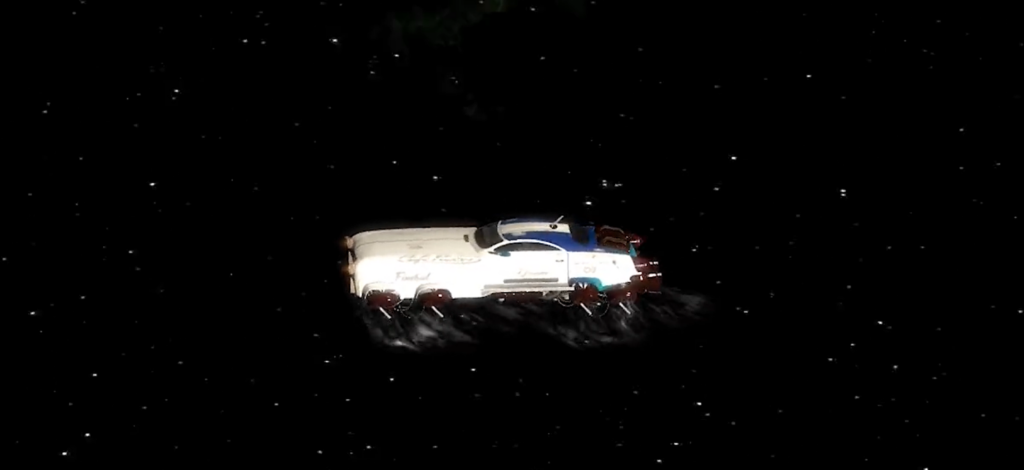
Before you balk at the relative simplicity of these experiments when compared to the AAA titles we often cover, allow me to explain why this space is worth watching. I find the following quote to be particularly instructive (emphasis added):
“If we accept that games are a leading indicator of new technologies, and that the most interesting applications of new technologies will lean into truly new affordances rather than incremental improvements, then it follows that the bleeding edge of crypto application design in the next few years will be found in crypto-native games.” —Gubsheep, The Strongest Crypto Gaming Thesis
In other words, we should be paying attention to fully on-chain games not because they are amazing interactive entertainment experiences today, but because they will incubate the breakthrough applications of the blockchain-enabled technologies of tomorrow.
Now what do we mean by “fully on-chain?” The important distinction between this nascent form of gaming and its web3-adjacent predecessors comes down to its level of decentralization. In these games, every change to the game state is recorded to the blockchain.
More than just verifiable “ownership” of digital assets, these games settle every update, every movement, and every turn taken on a blockchain. Put simply, these games could not exist without a blockchain. In my view, this offers a few important benefits:
- Permissionless Composability
- Trustlessness & Transparency
- Permanence & Immutability
By moving all game logic on chain, developers are able to harness the benefits of permissionless composability. On-chain games dictate only the underlying “physics” of the game world, freeing contributors to build anything they like on top: new ways of playing the game; dApps and other extensions; social contracts and novel means of coordinating; and even entirely new front ends or UIs.
It’s helpful to consider this through the lens of modding. In fully on-chain games, anyone can create a “mod” and instantaneously make it available to all other participants.
So long as the digital “laws of physics” are not violated, anyone can contribute to these digital worlds — without requiring permission. Naavik friend David Amor wrote up a good Twitter thread on this dynamic from his own experience developing fully on-chain games at Playmint.
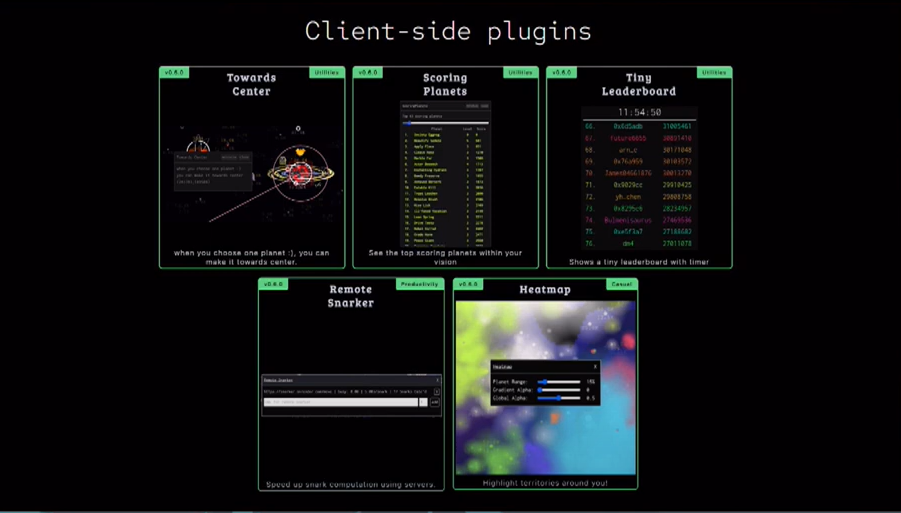
Because these games are built fully on-chain, they are inherently trustless and transparent. Players don’t need to worry about developers altering game rules, changing reward tables, or even taking the game offline entirely. Once the keys to the smart contract are burned, the world is enshrined in code. So long as the underlying blockchain continues to run and there are players who want to play the game, that game will exist.
This permanence and immutability means that a game can continue on indefinitely. I suspect this aspect is the hardest to generate excitement about, because the current crop of fully on-chain games are not nearly good enough for anyone to want them to last forever. The few games that do have massive lifespans historically — say, 100 years or more — tend to be simplistic board, card, or parlor games that work just fine without blockchains.
It is here that I find the “autonomous worlds” moniker to be particularly helpful. The “autonomous” part speaks to the programmatic nature of the underlying blockchain, while the “worlds” are containers for the entities (players, smart contracts, data) and rulesets (the aforementioned “physics”) built on top.
Think of these as virtual worlds where a multitude of experiences can exist simultaneously. Just as Minecraft can be a creative sandbox, competitive esport, and survival game all at once, so too can autonomous worlds serve multiple purposes to their users. This comparison is more apt than you might think: we have already seen fully on-chain experiments with Minecraft-like voxel worlds.

The Future of Fully On-Chain Games
Of course, fully on-chain games are not without their own challenges. Blockchains have limited throughput, non-trivial transaction costs, and all sorts of technical obstacles that classically trained game developers would find extremely onerous to navigate. While the aforementioned MUD and Dojo toolsets will continue to streamline the development of fully on-chain games, we still have a long way to go before we see anything close to an on-chain Roblox or Rec Room, where casual users can create, build, and discover with ease.
Additionally, there are many types of games that are entirely impractical to create fully on-chain (at least, with today’s technology). Fast-twitch games, such as shooters or MOBAs, would be impossible to create given their high actions-per-minute. Single player experiences make little sense, given the added cost and complexity of working maximally on-chain. Concurrency and throughput will always be a challenge.
To be clear, I’m not claiming that these games are going to meaningfully impact the industry on a short- or even medium-term time horizon. A bet on autonomous worlds is fundamentally a bet on a web3 future, but there are plenty of reasonable arguments to be made against blockchain gaming (fully on-chain or otherwise) ever taking hold in a meaningful way.
With that said, my personal hypothesis is that fully on-chain games will eventually find their own place alongside other existing gaming formats, carving out especially sticky followings among fans of certain genres. For example, grand strategy, simulation, and board games all demand fewer player actions (and thus require less transaction throughput), making them prime candidates to be built fully on-chain.
A common criticism of fully on-chain games is that they are inaccessible, appealing only to developers and crypto-natives. This is undoubtedly true. 0xMonaco, for example, explicitly calls itself a “CTF,” or “Capture the Flag” game — a type of infosec hacking game made both by and for developers.
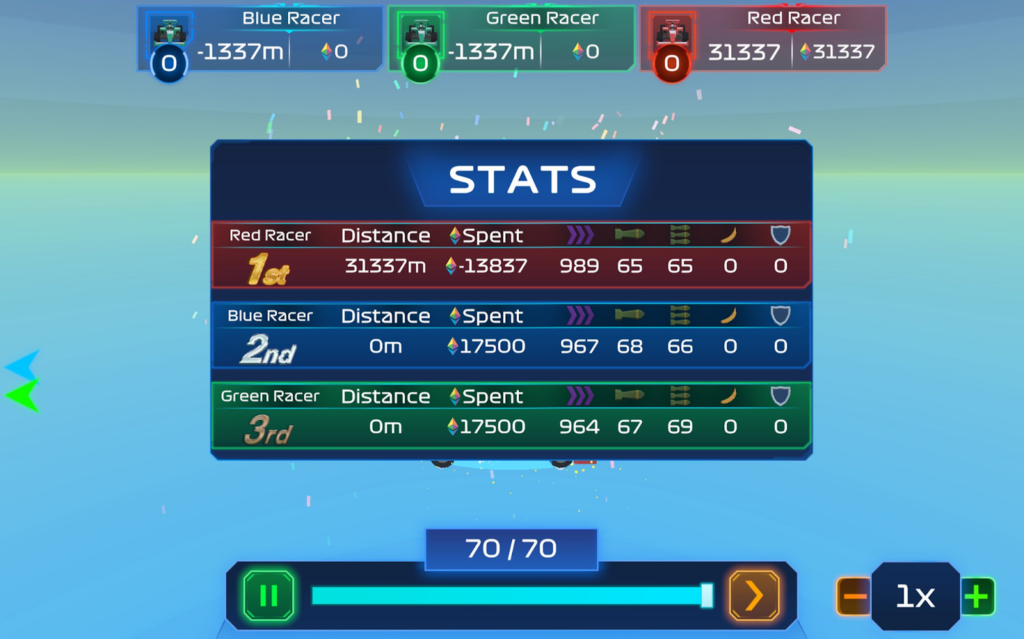
However, the accessibility of fully on-chain games will almost certainly improve over time. There’s no reason to believe that autonomous worlds won’t benefit from the upstream technical and UX improvements being made elsewhere in web3, such as those offered by account abstraction or zero-knowledge proofs.
Autonomous worlds represent the “strong form” of blockchain gaming technology. It is from this area of blockchain gaming that the most interesting case studies will spring forth. While “interesting” is definitely not the same thing as “commercially successful,” I am at least not alone in my optimism on the format’s potential. Several venture-backed companies (the aforementioned Playmint; Curio Research; MatchboxDAO) are seeking to make fully on-chain gaming a reality. Numerous supporting organizations have also sprung up to help mentor and incubate these types of projects — like 0xPARC, backed by the Ethereum Foundation.
Projecting further into the future, we can assume that the novel social interactions enabled by these projects combined with their composability will unlock applications beyond the world of gaming. A truly autonomous world would encompass a multitude of possibilities, from entertainment to governance to commerce and beyond. Consider that massively successful organizations like Slack and Discord — fundamentally built to facilitate human interaction – both started out as gaming companies. We might similarly see new ventures, DAOs, or products incubate within, or pivot out of, autonomous worlds.
Though there is still much work to be done to realize even a fraction of that vision, I expect that we’ll be hearing a lot more about fully on-chain games and autonomous worlds in the future and I’ll be watching this space closely to see how it develops.
Content Worth Consuming
How The Legend of Zelda Changed the Game (The New York Times): “The footage was only two minutes long, yet that was enough to conjure months of debate over sacred relics, goddesses and swords that could easily be confused for the arcane squabbles of medievalists studying Arthurian legend. But these self-taught experts were discussing a more recent hero’s tale, one that has unfolded over the past four decades in a doomed kingdom called Hyrule. More than six million people watched the preview for hints about the next video game in Nintendo’s beloved Legend of Zelda franchise. Millions more are expected to play it.” Link
How Age of Empires Conquered the World...Again (NoClip): “So you may not be aware of this, but Age of Empires has had quite the remarkable comeback over the past few years. This all started back in 2018 when Microsoft released a full-scale remaster of the original 1997 Age of Empires under the title Age of Empires: Definitive Edition. This was followed one year later with a Definitive Edition of its insanely popular sequel, a year later with the definitive edition of the first 3D game in the series, Age of Empires 3. And in an effort to keep the streak up, Microsoft just went ahead and made a new Age of Empires game and named it Age of Empires 4.” Link
Is Xbox's future brighter without Activision? (Rob Fahey | Gamesindustry.biz): “Yet in the face of all of this, I find myself more cautiously optimistic about the future direction of Xbox than I have been for some time. The reason for that optimism, in a nutshell, is this: having been told that it cannot buy its way out of the dilemma it faces, Microsoft is left with no choice but to innovate its way out of it instead, and in the past it has often been in these moments that Microsoft was most creative, interesting, and to its rivals, threatening. Whipping out the checkbook was, in many regards, the quick and lazy option. What Microsoft does instead – assuming that the Activision Blizzard deal really does end up off the table – will take significant change and upheaval, but should by rights be a bright new chapter for Xbox and for the games business more broadly.” Link
Clash Mini — Supercell’s Next Billion Dollar Game? (Deconstructor of Fun): “It’s been more than 16 months since Supercell’s Clash Mini soft launched. And although there’s no official confirmation yet, recent hiring and community buzz points out that the game is getting ready for a global launch. If Clash Mini achieves a hit status comparable to every other Supercell global launch before, the relevance for the company would be hard to overstate: First, it would mean the validation of their ‘new studios’ strategy (let’s remember that Clash Mini would be the first game ever released by the Supercell Shanghai studio). And more importantly, it would mark the end of the six years-long hit drought that Supercell has been suffering ever since the release of Brawl Stars in 2017, single-handedly setting the company back on the path of growth.” Link
🔥Featured Jobs
- Astra Fund: Operations & Finance Manager (Remote)
- Backbone: Product Manager (Remote)
- Carry1st: Head of Growth, Games (Remote)
- Immutable: Economy Designer (Sydney, Australia; Remote)
- MY.GAMES: Production Director (Remote)
- Voldex: Product Manager (Remote)
- Voldex: Game Designer (Remote)
You can view our entire job board — all of the open roles, as well as the ability to post new roles — below. We've made the job board free for a limited period, so as to help the industry during this period of layoffs. Every job post garners ~50K impressions over the 45-day time period.

